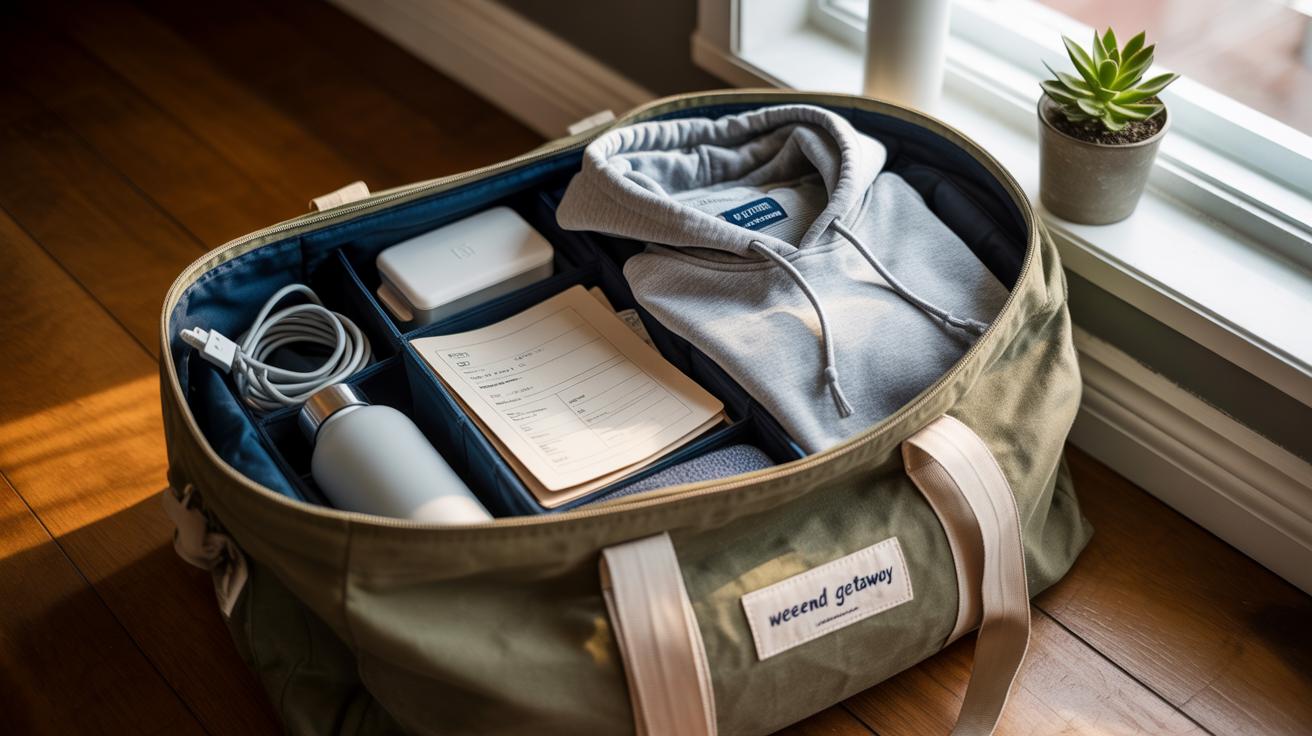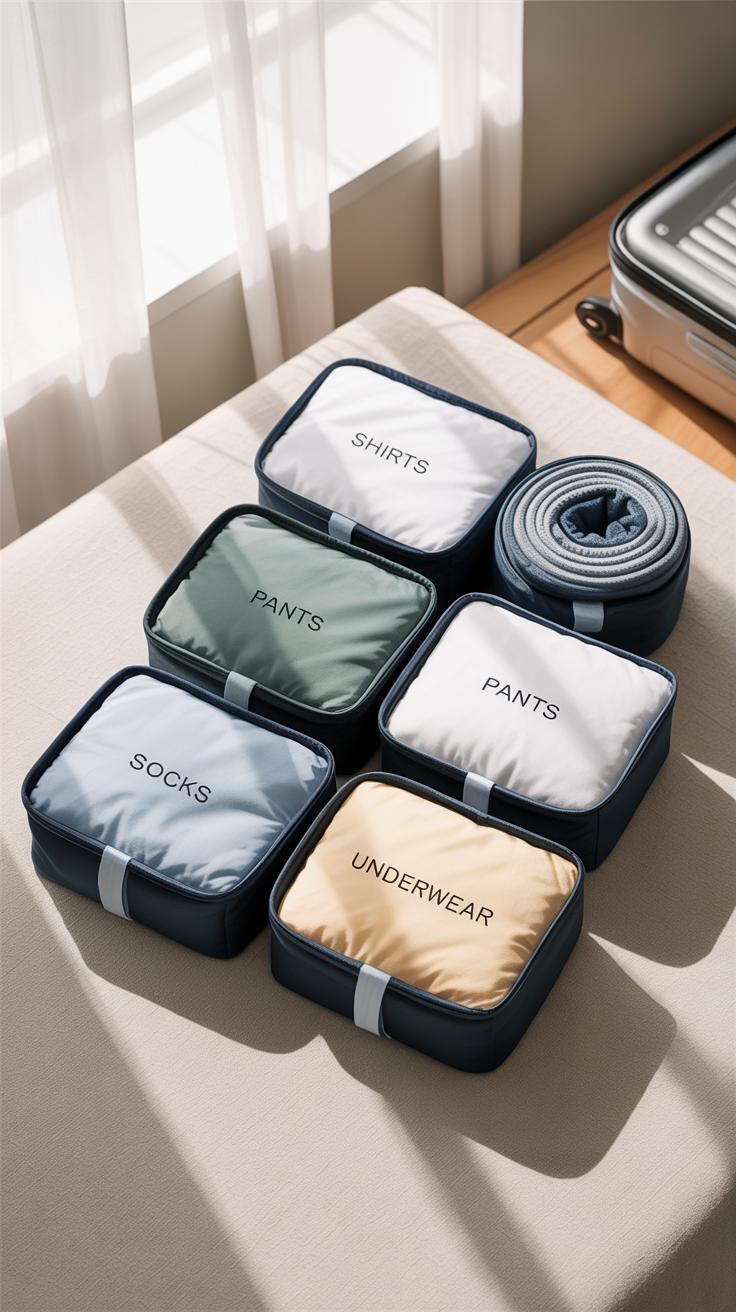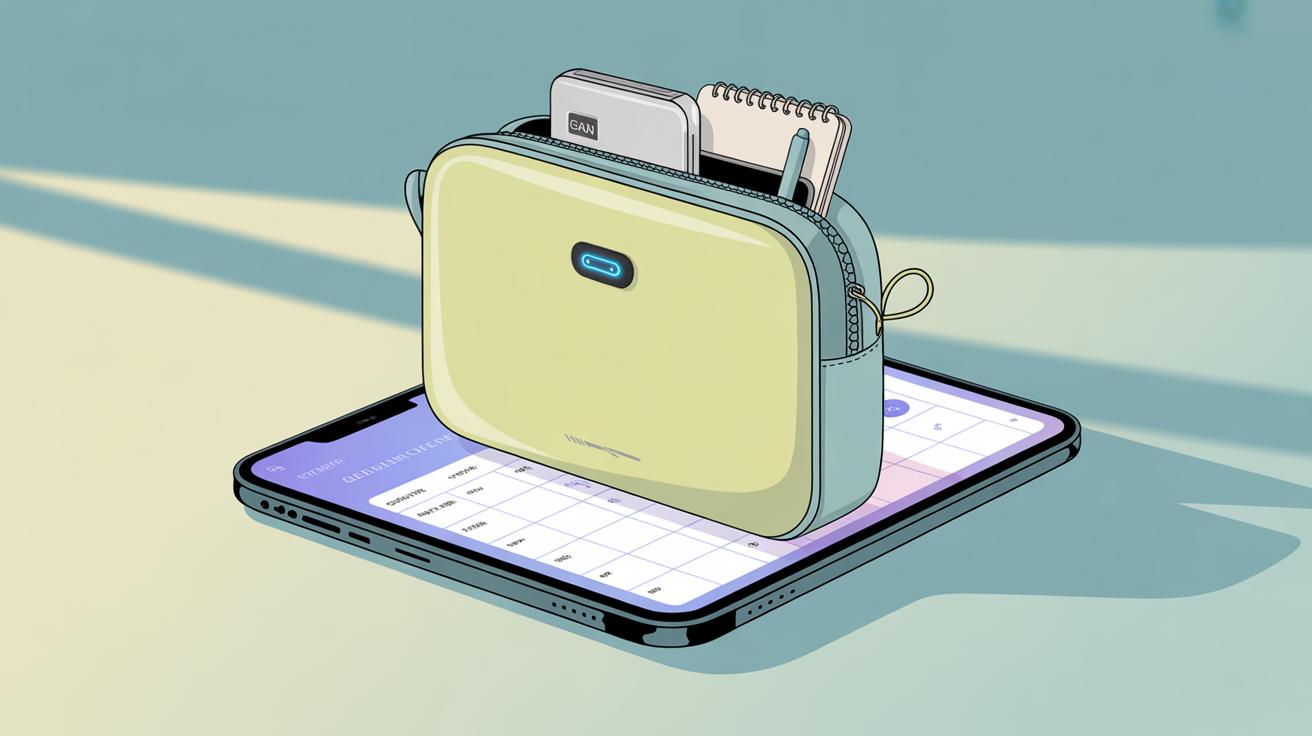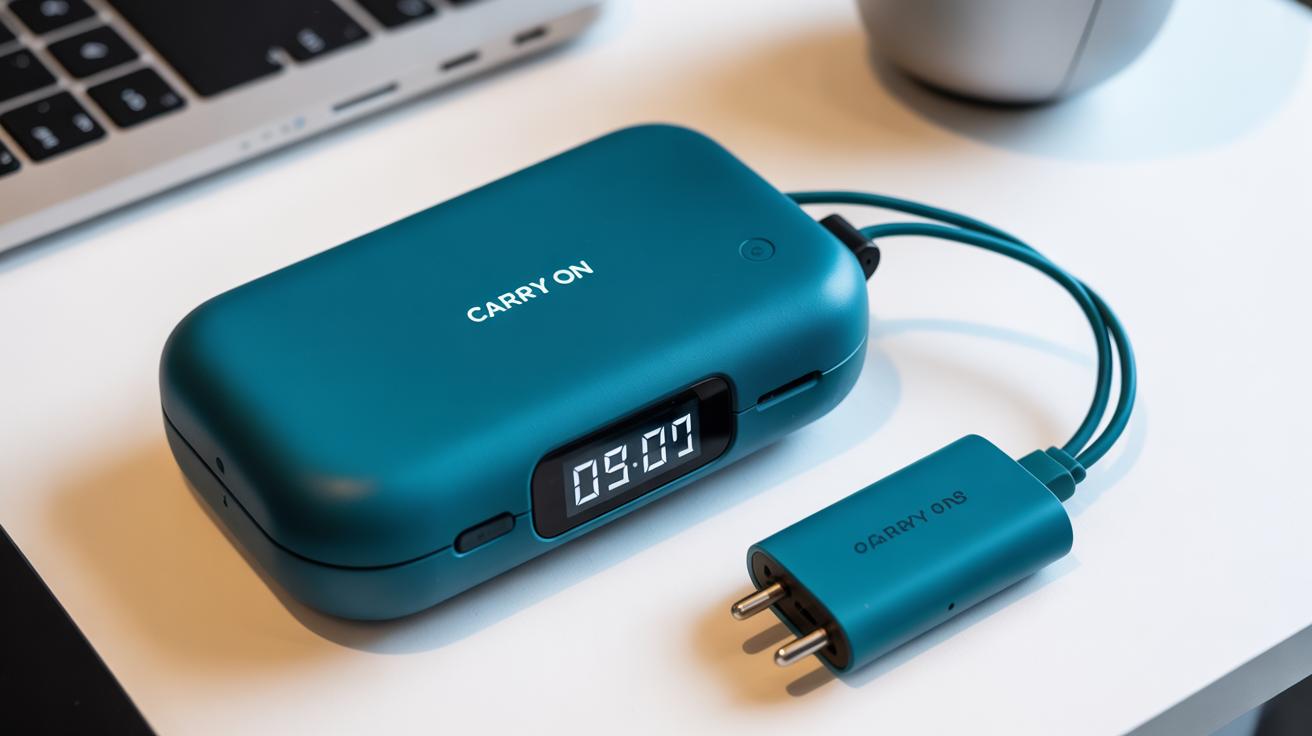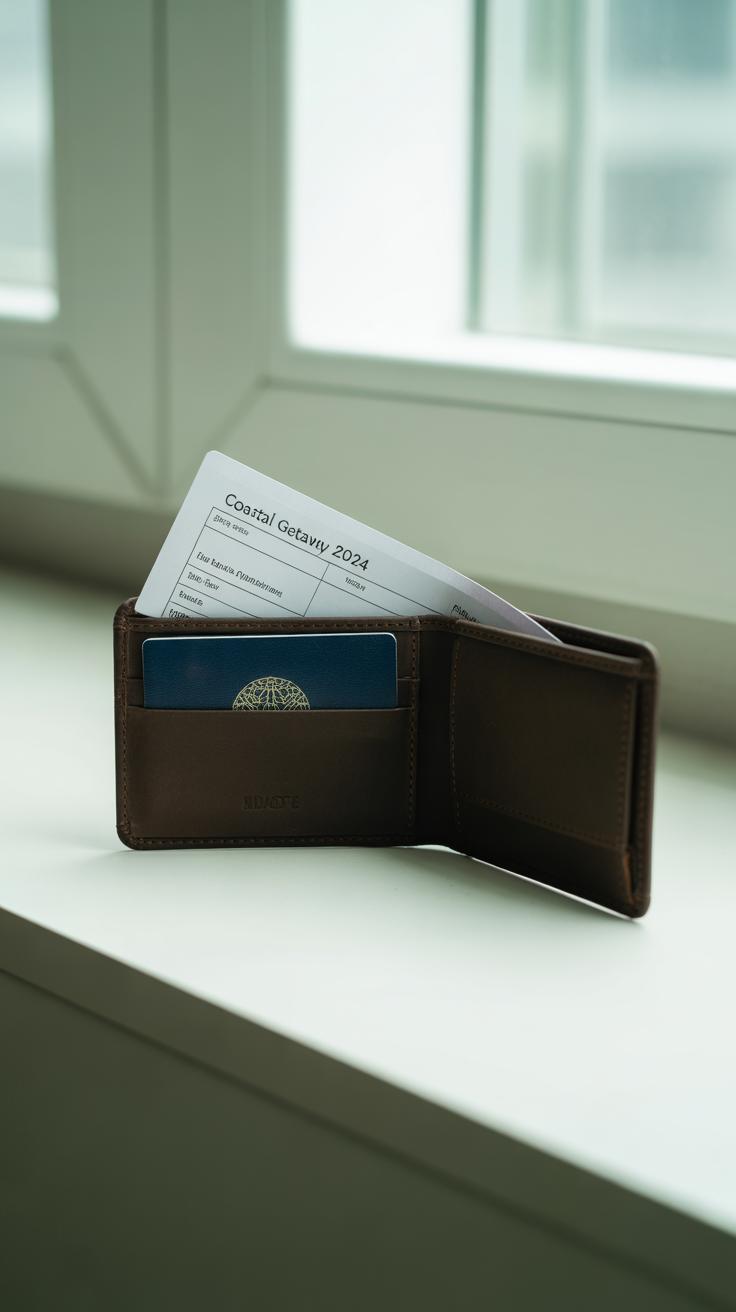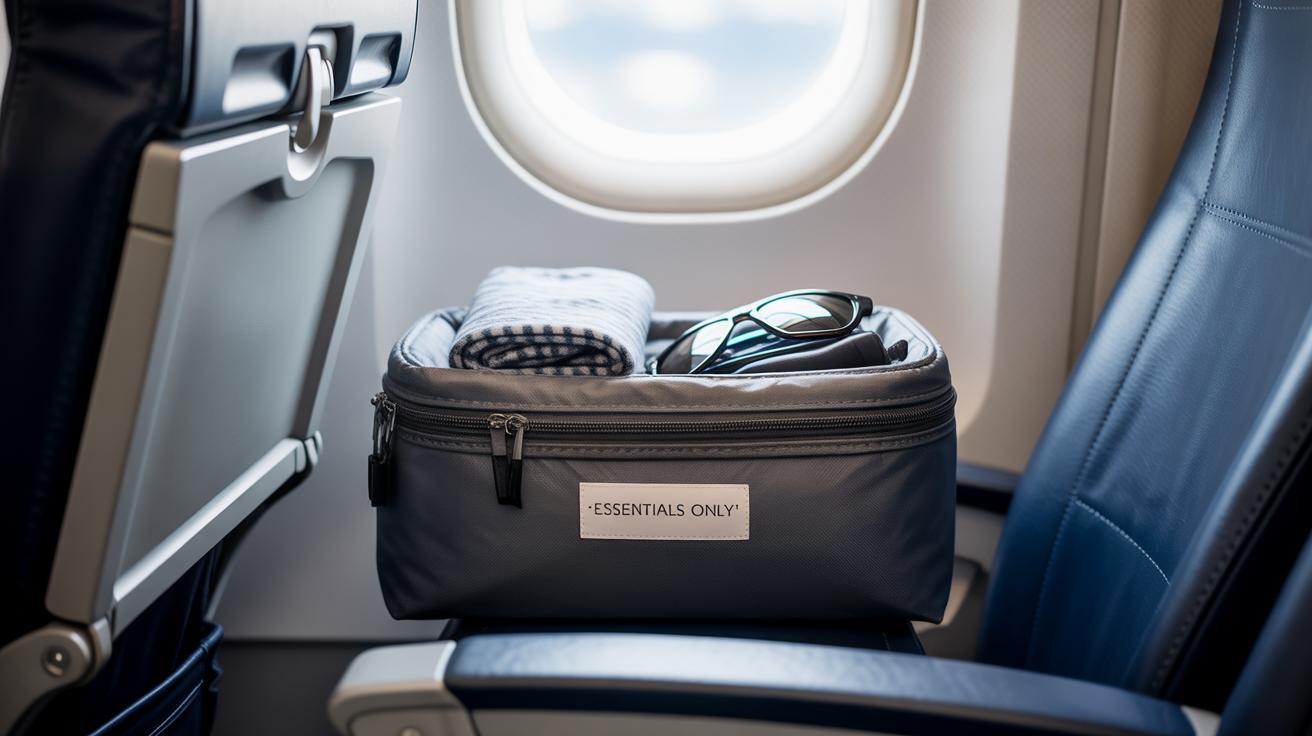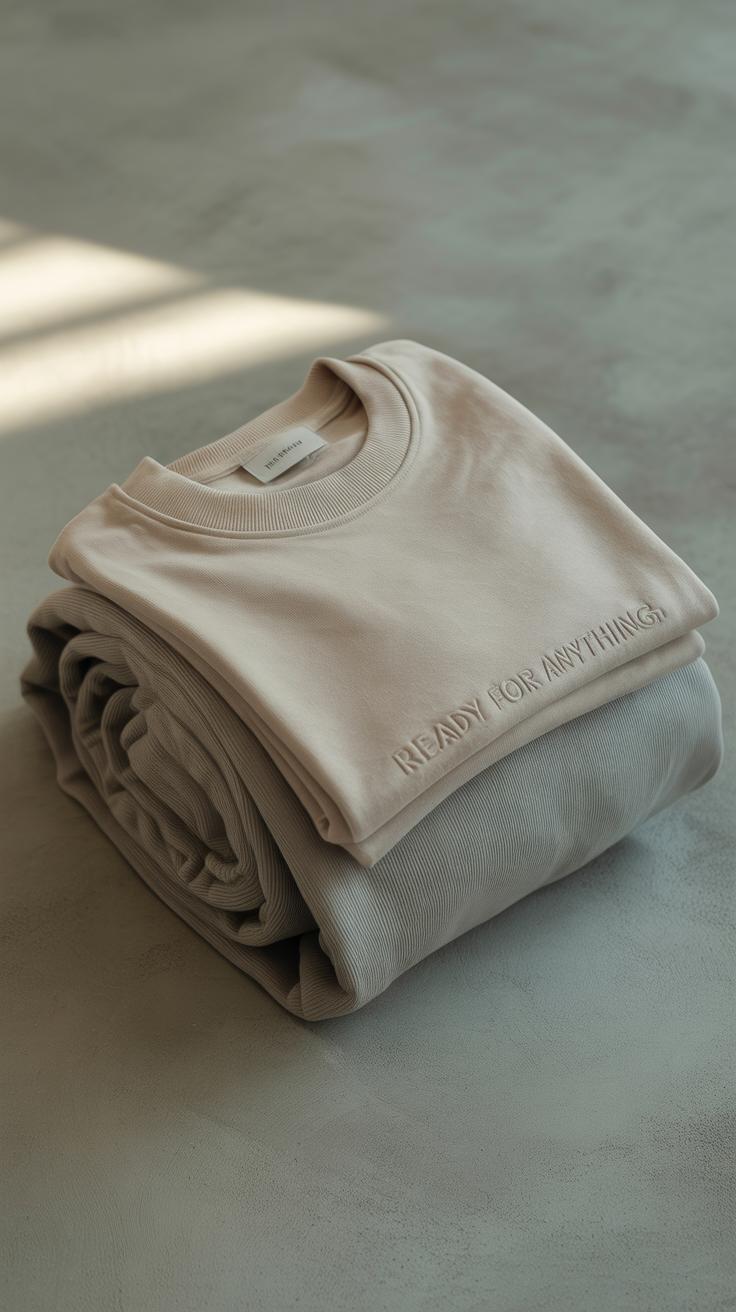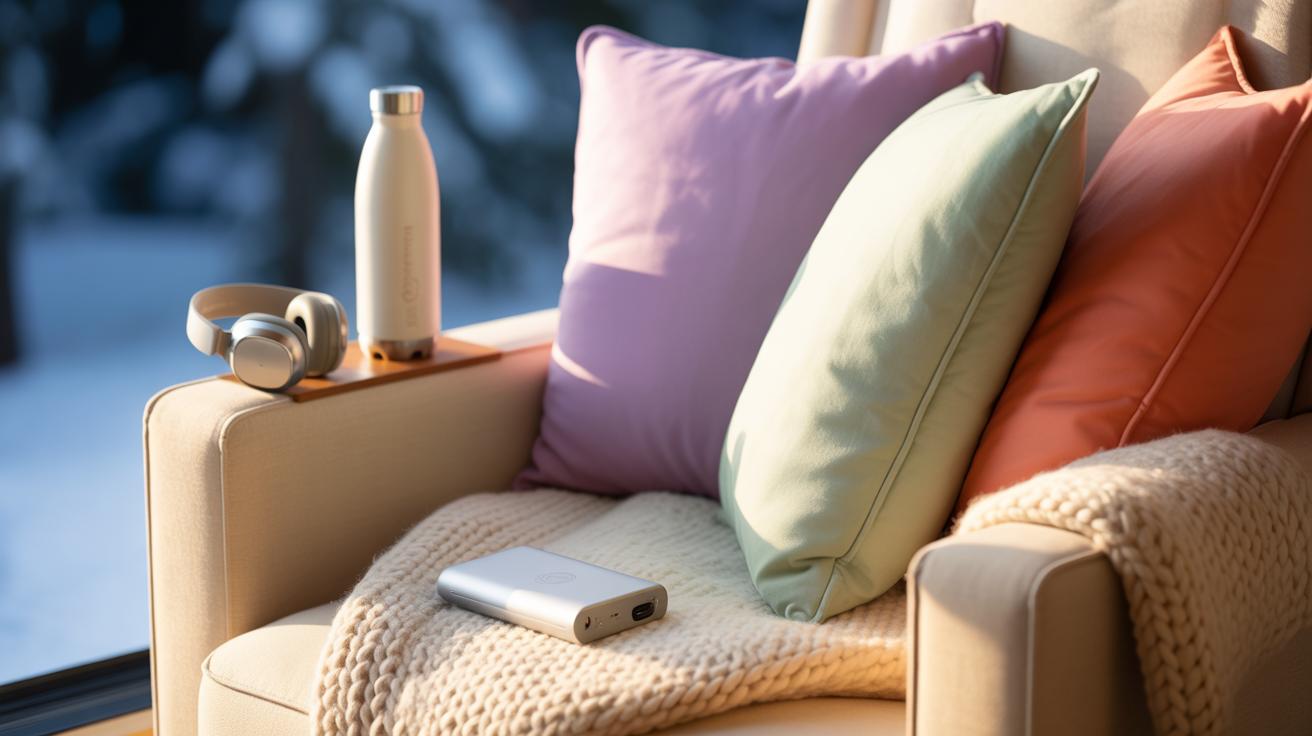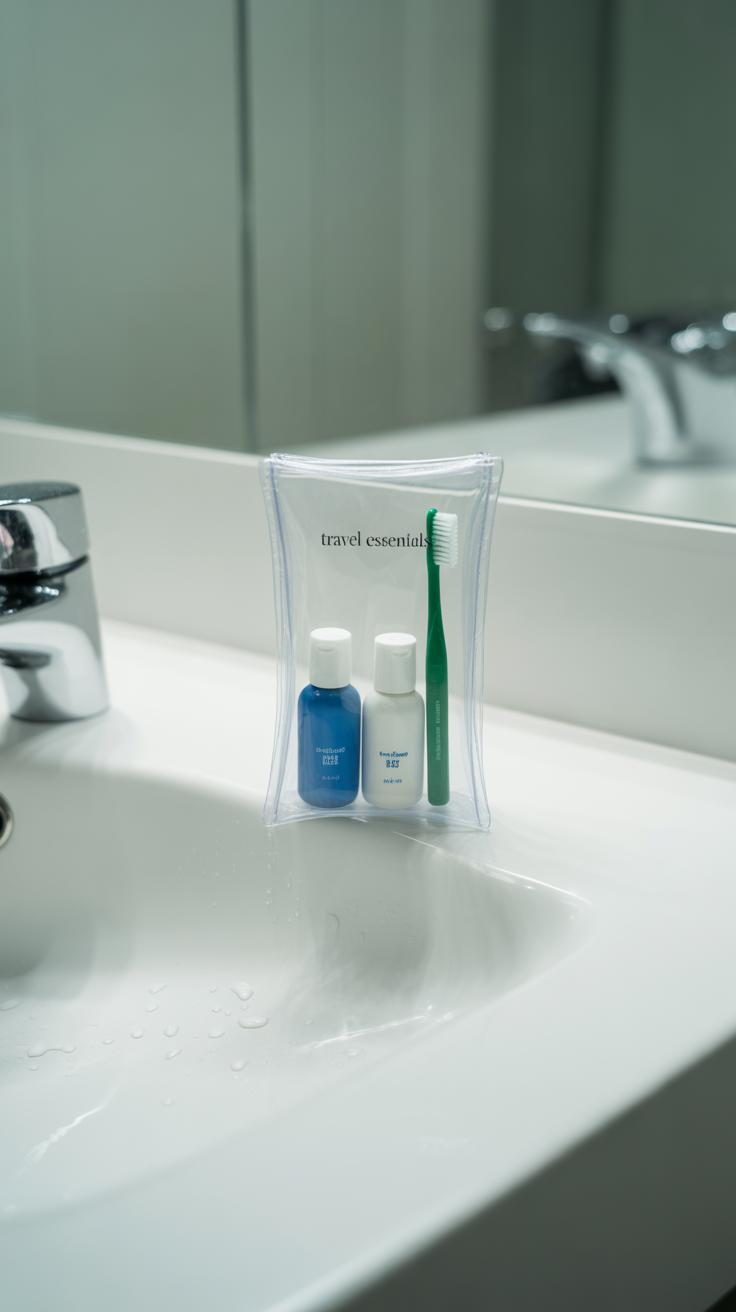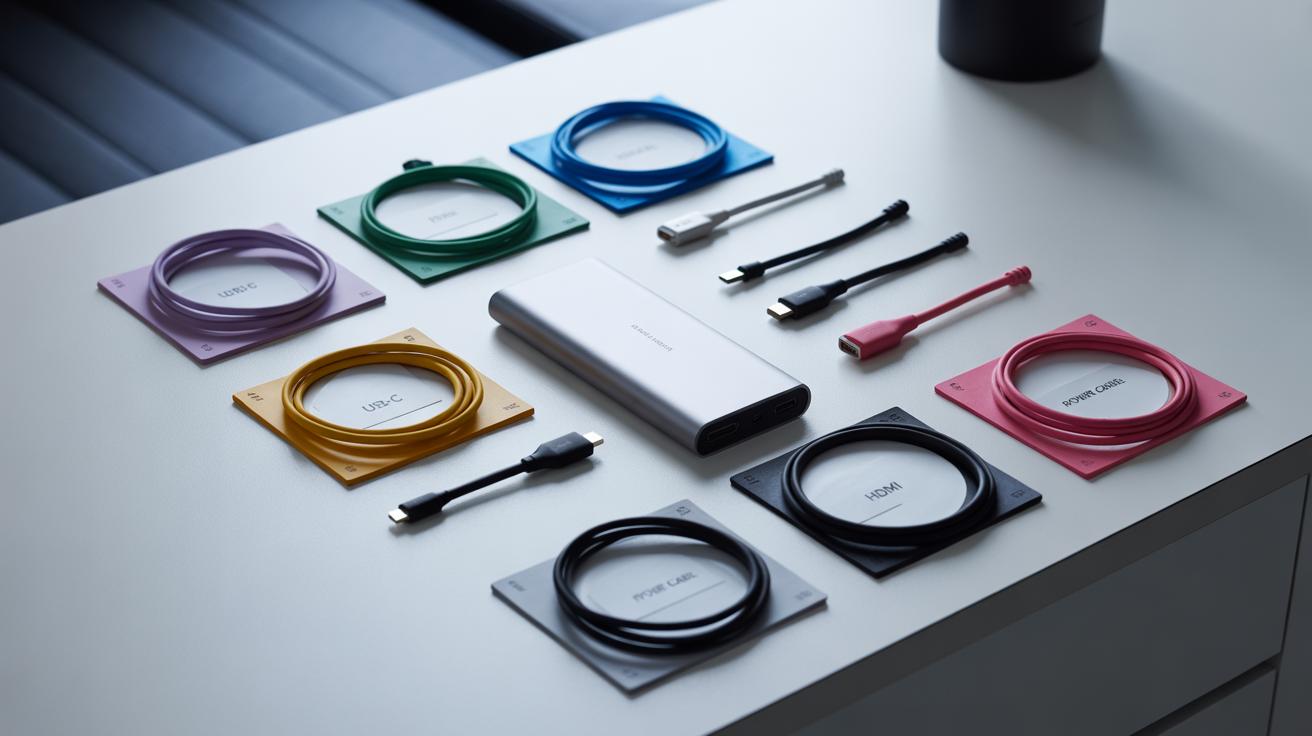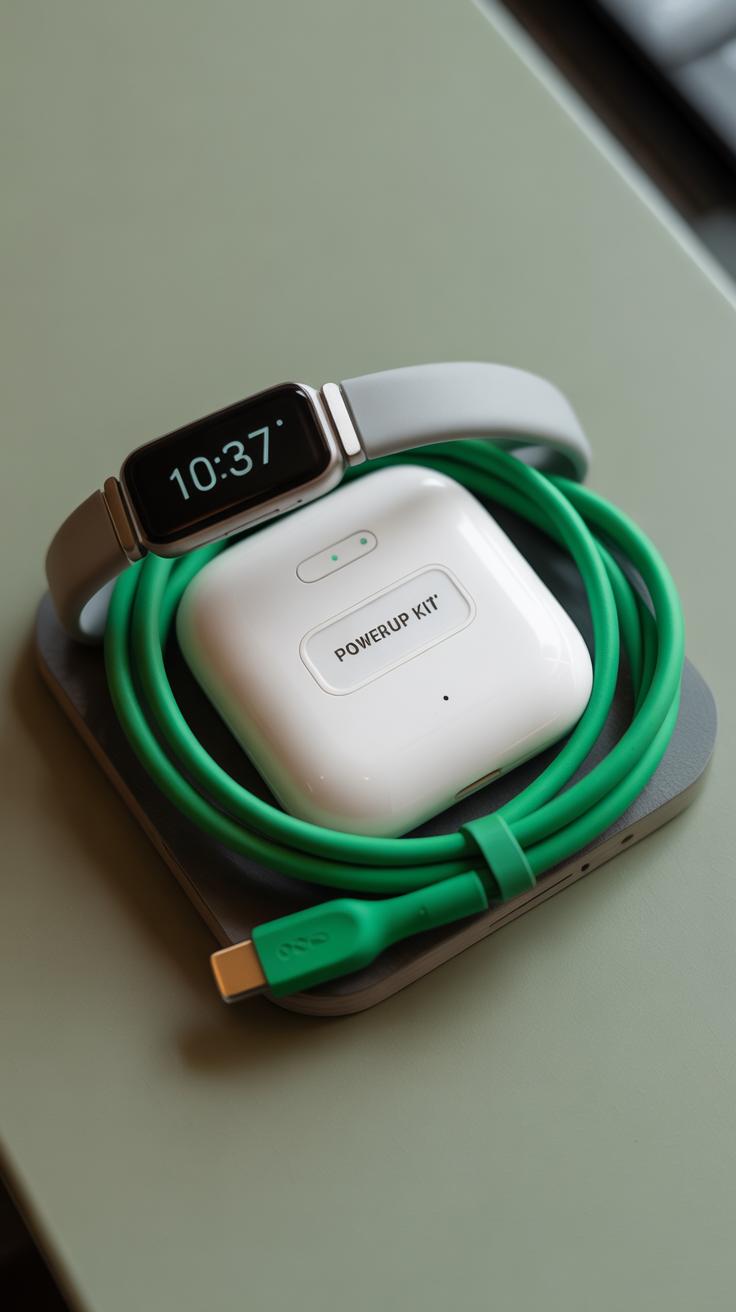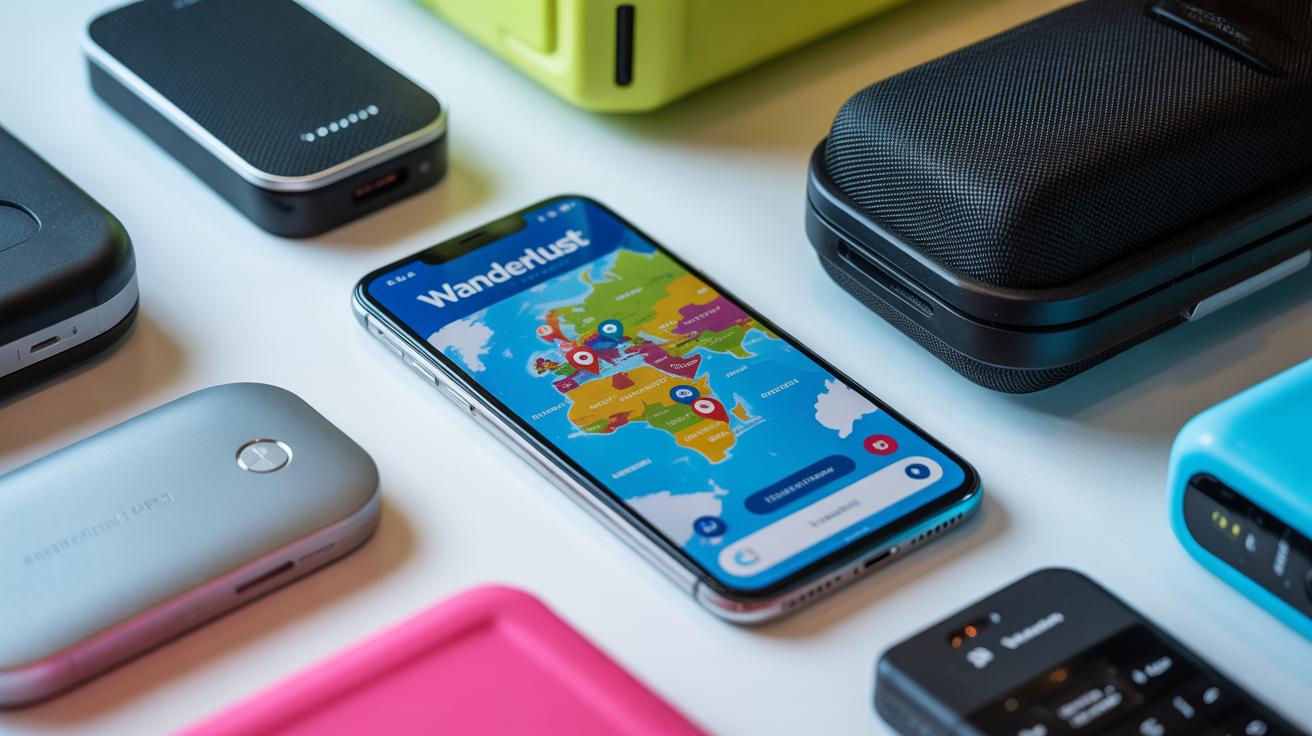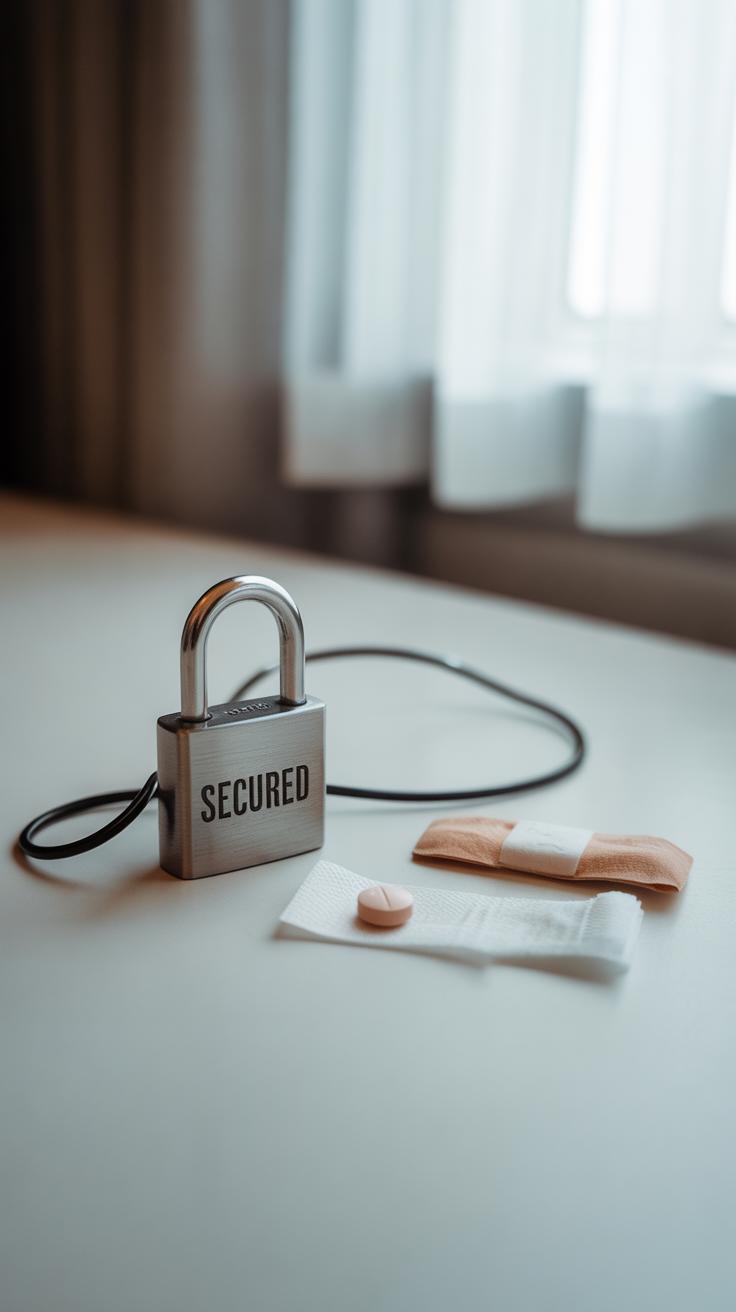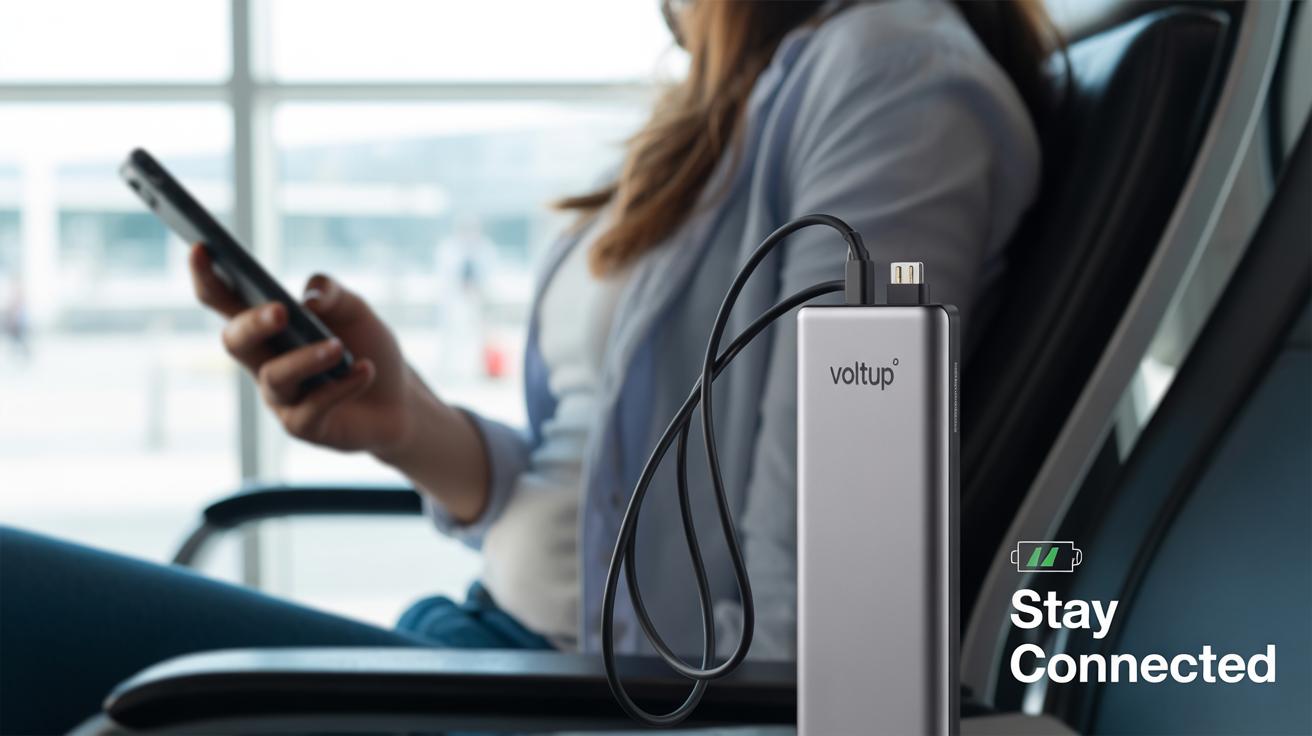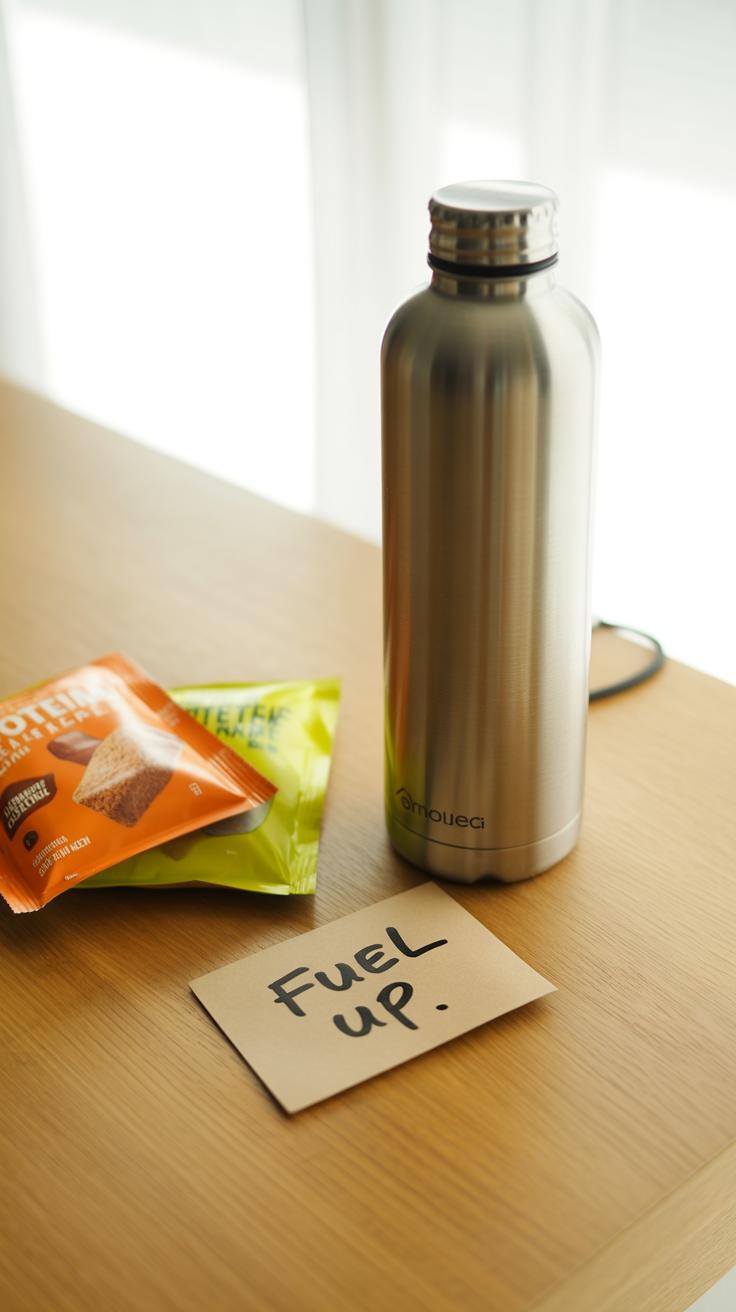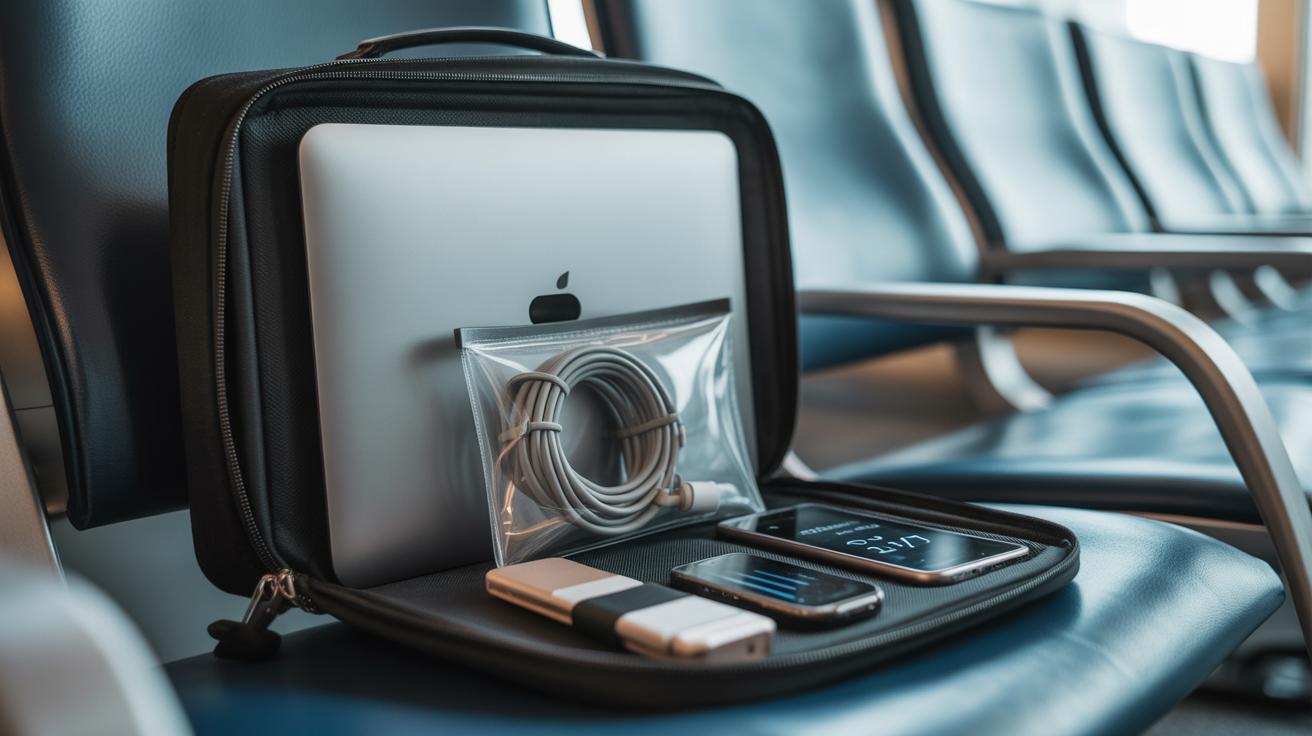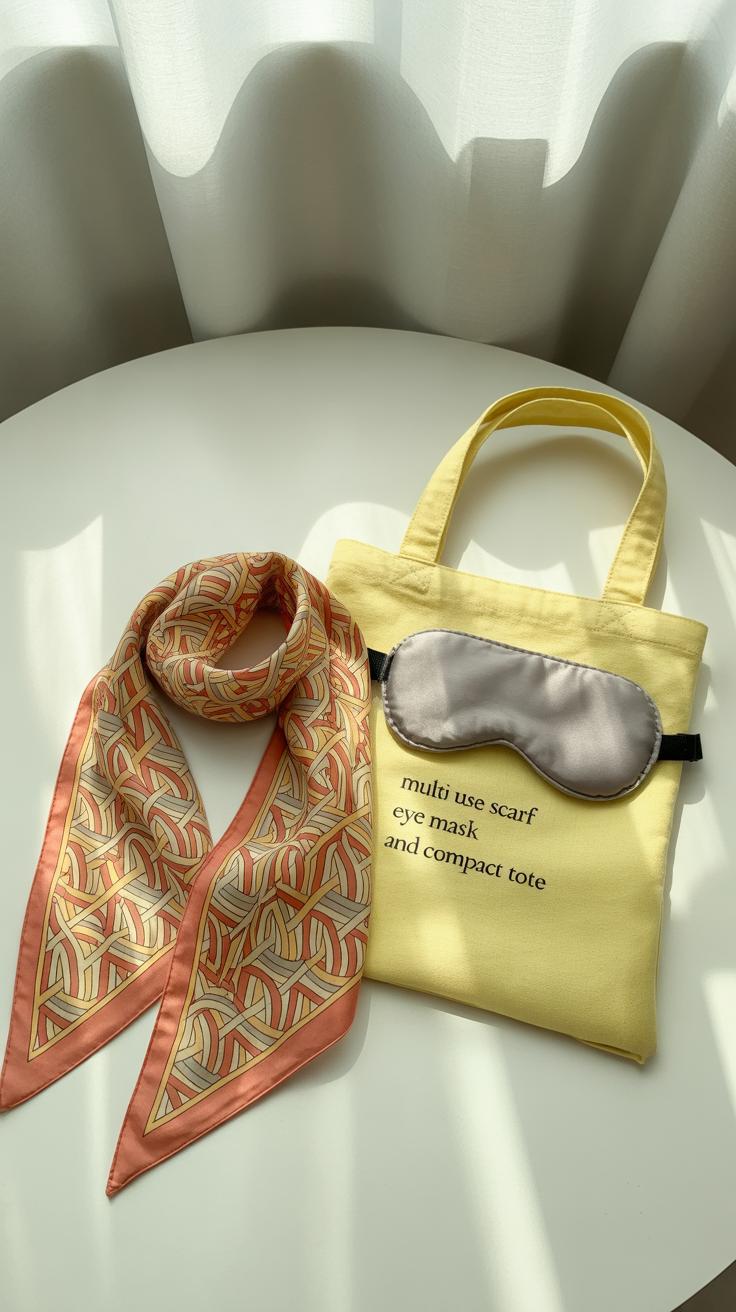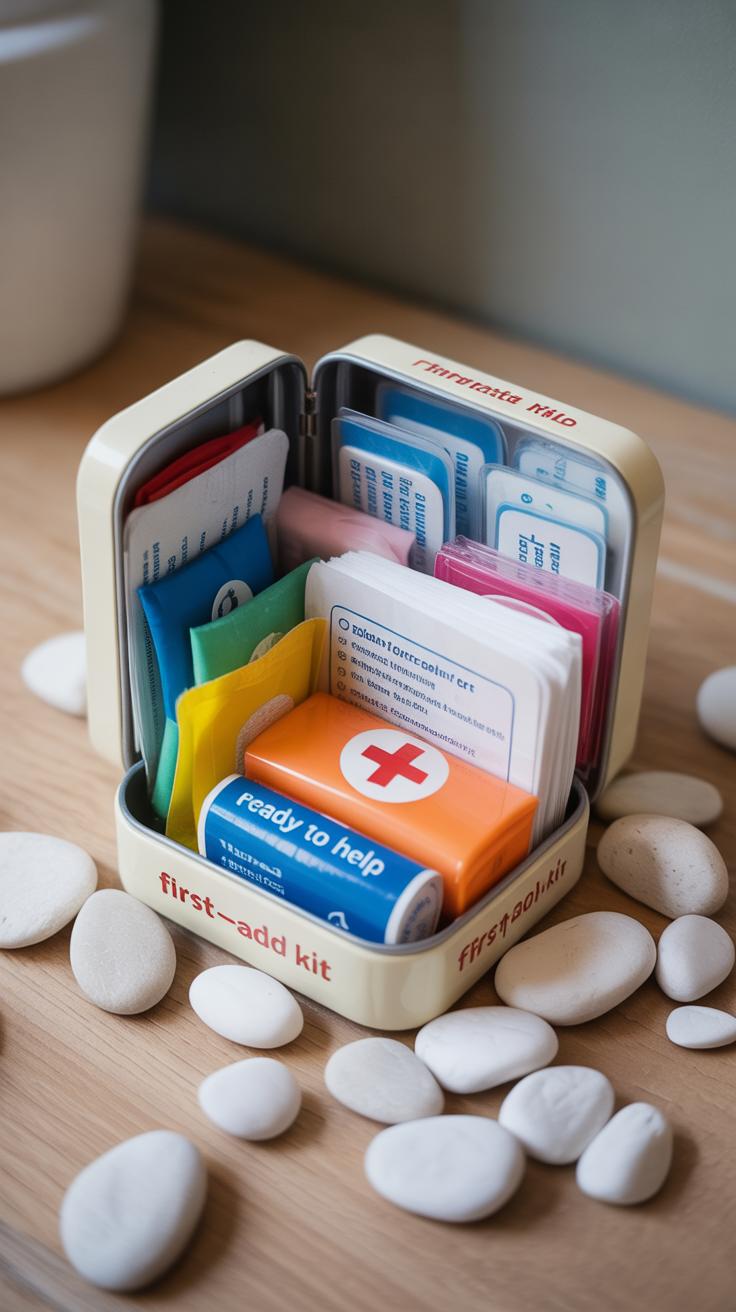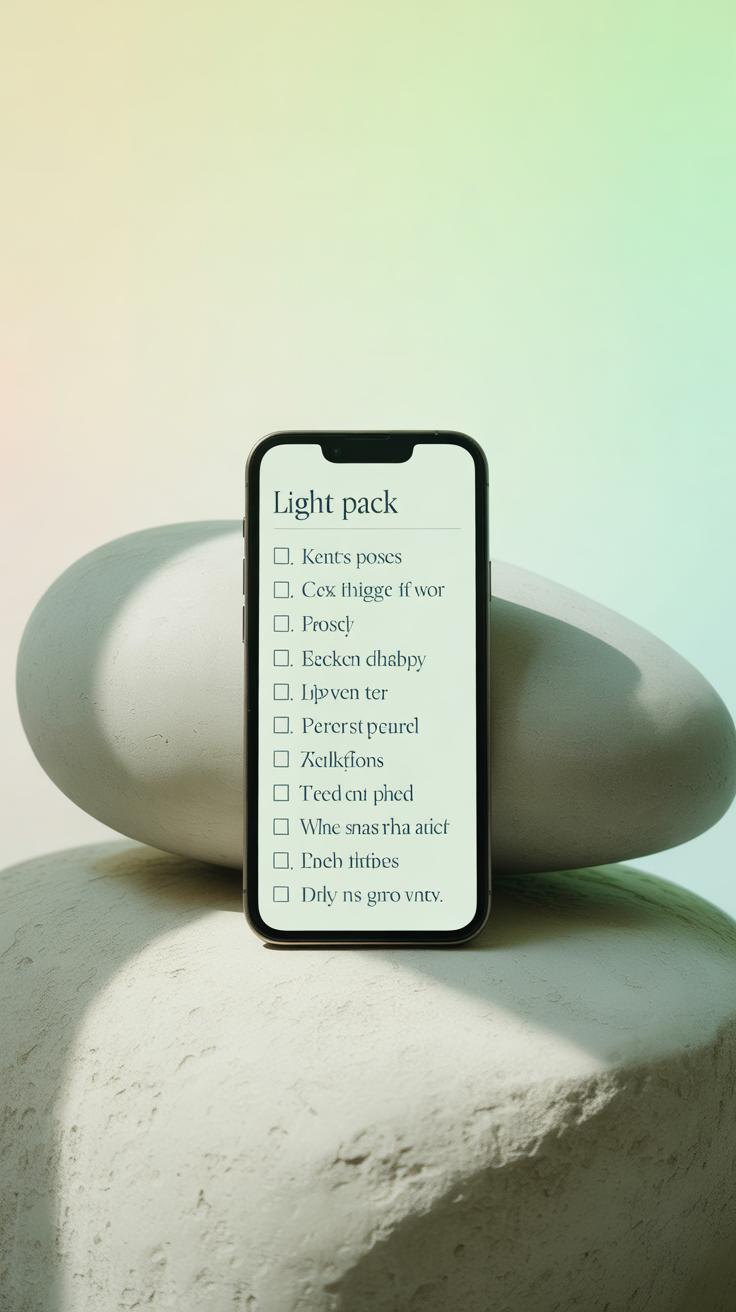Introduction
Traveling can become stressful if you forget important items or carry too much unnecessary stuff. Knowing what to pack and having the right gear can improve your travel experience. This article, Travel Must Haves You Will Actually Use On Every Trip, explores the essential items every traveler should consider bringing along.
You will discover practical tips for choosing travel gear that fits your needs, making packing easier, and ensuring a smooth journey. From basics to smart gadgets, these travel must haves are designed to be useful for every trip you take.
Smart Packing Tips
Packing can be tricky, especially when you want to bring everything you might need without lugging around a heavy bag. The key lies in using your space wisely and thinking twice about what you really need. Choose versatile clothing—pieces that mix and match easily and work for several occasions. A simple shirt that can dress up or down, or pants that handle both hiking and casual dinners—these save a ton of space.
Roll your clothes instead of folding them to squeeze more in and reduce wrinkles. Layering helps too; it lets you adapt to changing weather without packing bulky items. And yes, it’s tempting to bring five pairs of shoes, but limiting yourself to two pairs—perhaps one casual and one for activity—can relieve a lot of packing stress.
Organization plays a huge role in avoiding overpacking. When everything has its place, you’re less likely to toss random extras “just in case.” It’s almost like training yourself to be selective, even if you start packing with more than you’ll eventually need.
Choosing the Right Luggage
Picking luggage depends on your trip length and what you plan to do. For a weekend getaway, a carry-on or a small backpack may do the trick. It’s lighter, easier to handle, and avoids baggage fees. Longer trips usually call for bigger suitcases, but even then, size matters. If you expect to move around a lot, a lightweight spinner suitcase can save your arms and shoulders.
Trips involving outdoor adventures or rough terrain might require stuffer-friendly duffel bags or backpacks with tough fabrics and strong straps. Sometimes a hybrid—like a wheeled backpack—offers flexibility. It’s worth trying out different options before deciding what feels right for your style.
Packing Cubes and Organization
Packing cubes are a game changer. They let you separate clothes by type, day, or activity, so you don’t end up digging through a mixed pile. When I started using cubes, I noticed how much neater my bags looked, and honestly, finding clean socks or a charger became way easier.
These organizers compress your belongings, saving precious space. You can stack cubes snugly, which keeps your luggage from turning into a chaotic jumble. Plus, you avoid the “forgotten item” problem because everything stays grouped logically. Even toiletries or tech gear fit nicely in smaller cubes. You might wonder if it’s worth the extra step, but for most trips, cubes pay off in saved time and sanity.
Essential Travel Documents
When you travel, some documents are non-negotiable. Your passport, for instance, is the key that gets you through international borders. Visas might not be required everywhere, but if they are, having the correct one will save you hours of stress. Also, don’t forget your ID cards—sometimes you’ll need those domestically or for certain checkpoints.
Keeping these papers safe yet within reach can be tricky. Many travelers swear by neck wallets or hidden pouches under clothes. I’ve tried those little passport covers with RFID blocking too, which feel extra protective, though maybe a bit bulky. The goal is to avoid digging through your bag at checkpoints or, worse, losing your documents altogether.
Digital Copies and Backups
Carrying digital copies of your travel documents isn’t just handy; it’s kind of a lifeline. If you misplace the physical ones, having scanned versions stored securely on your phone or encrypted cloud account can speed up replacement or prove your identity temporarily.
Still, storing them safely is crucial. I’ve learned to avoid just snapping shots and leaving them in the phone’s gallery. Instead, use apps that lock files behind passwords or keep them in secured, offline folders. You don’t want those images accessible if your device gets stolen.
Travel Insurance and Emergency Contacts
Travel insurance often feels like paperwork you’d rather skip, but the moment you need it, you’re really glad it’s there. Medical emergencies, trip cancellations, or lost luggage—insurance can handle these unexpected problems. I carry my policy number and emergency contact info printed alongside my documents and saved on my phone. It’s weird how fast panic sets in during a crisis, and having this info immediately accessible really calms things down.
Make sure emergency contacts include someone back home who knows your plans. Sometimes you don’t think about this until you’re in a situation where you can’t communicate easily. Quick access to these details might just make a difference.
Practical Clothing Choices
When you pack for a trip, clothes that work in different climates are key. I usually choose items made from quick-dry fabrics. They save space, dry fast after rain or washing, and feel lighter. Cotton might seem cozy, but it takes too long to dry and can be uncomfortable.
Layering is something I recommend for any trip. It lets you adjust to changes in temperature without carrying bulky jackets everywhere. Imagine starting a chilly morning with a base layer, adding a fleece or light sweater, and then a waterproof shell if needed. Each layer has its role and can be mixed depending on the weather. You can shed or add layers rather than suffering through being too hot or cold.
Comfortable shoes? Don’t skip them. You’re likely walking more than usual, exploring streets or trails. Choose shoes that offer good support and have worn them in before traveling. That blister risk is real—ask me how I learned. Sneakers or lightweight hiking shoes often strike a good balance between activity-ready and everyday wear. Flip-flops or sandals are nice but limited—they’re better as extras than main footwear.
Personal Care and Hygiene Items
There are a few personal care essentials you’ll want to keep in your bag no matter where you go. A toothbrush and toothpaste are obvious, but many people still forget them. Sunscreen can save your skin, even if the day doesn’t seem sunny. Hand sanitizer is another small thing that often ends up feeling like a lifesaver, especially after crowded airports or public transit.
Other items that come in handy include lip balm—with SPF if possible—a travel-sized deodorant, and maybe a tiny pack of tissues. If you wear glasses or contacts, don’t overlook cleaning solutions or spare lenses. These small things don’t take up much room, but missing them can really affect your comfort.
Portable Toiletries
Packing toiletries can be tricky because liquids and gels can spill or take up too much space. The key is to be selective and smart about containers. Use small, refillable bottles for shampoo, conditioner, and lotion. I’ve learned the hard way that those big travel bottles never fit snugly, and a leak can wreck everything.
Keeping everything in a waterproof pouch helps contain any spills. Also, double-check that all caps are tight before zipping your bag. Some brands sell solid shampoo bars and toothpaste tablets, which cut down on liquid bulk and reduce spill risk. You might think it’s extra effort, but small changes here make a big difference in packing ease.
Safe Health Practices While Traveling
Staying healthy while traveling isn’t just about what you pack but also how you use those things. Washing hands regularly is crucial, especially before meals or after public contact. When soap and water aren’t available, hand sanitizer with at least 60% alcohol fills the gap.
Keeping your face clean and hydrated can also help your body defend against germs. Avoid touching your face too much, as I often forget and then wonder why I suddenly feel off. Also, try to eat from places that look clean, but trust your gut too; sometimes local street food can surprise you.
Finally, staying hydrated and getting enough rest might not sound glamorous but plays a big role in keeping your immune system strong on the road.
Tech Gear That Makes Life Easier
Staying Charged on the Go
Traveling can quickly drain your devices, especially when outlets aren’t easy to find. That’s where power banks step in. I’ve lost count of times a portable charger saved me from the stress of a dead phone while trying to find my hotel late at night. Some models pack enough juice to charge a phone two or three times. They’re compact enough to fit in your day bag without feeling bulky, which is a relief when packing light.
Think about your last trip—did you struggle to find a place to plug in? Power banks offer freedom and peace of mind. You don’t have to hunt for cafes or hope an airport seat has a socket nearby. Plus, a high-capacity one can charge tablets, cameras, or even small laptops linked by USB-C.
Wearable Tech and Travel Apps
Universal adapters might not seem thrilling, but they are a must-have when you cross borders with different plug types. I once bought a cheap adapter at the airport that stopped working after one use—a real nuisance. Spending a bit more on a reliable, well-built adapter that covers multiple plugs saves frustration and keeps all your devices ready.
Then there are noise-cancelling headphones. On noisy flights or crowded buses, these can feel like a tiny escape. They don’t just block sound but help you focus, maybe catch up on a podcast or relax with music even when everything around you is chaotic. Some models even have ambient modes—you stay aware without losing the quiet.
As for apps and wearables, navigation apps like Google Maps or Citymapper are life-changers. But what about travel apps that update you on delays, local events, or currency conversions? They help avoid surprises. Plus, wearables like smartwatches keep essentials on your wrist—no fumbling for your phone when hiking or exploring.
Safety and Security Essentials
Using Anti-Theft Bags and Locks
When you’re on the move, keeping your valuables safe feels like a constant challenge. Anti-theft bags come in handy here—they often feature slash-proof materials and lockable zippers that make it harder for pickpockets to grab your stuff unnoticed. You might think a regular backpack is fine, but those extra security features actually make a difference, especially in crowded places.
Portable locks also add a layer of protection. They’re small, easy to carry, and perfect for locking your suitcase zippers or securing lockers at hostels. I’ve found myself relying on these locks when I need peace of mind during overnight bus rides. It’s a simple step that can save you a headache later.
Travel Safety Habits
Tools are useful, but habits matter just as much. Staying alert when exploring is key. Try scanning your surroundings regularly, not just when you feel uneasy. It’s a subtle shift, but it keeps you a step ahead.
Also, trust your instincts. If something feels off, it probably is. I remember skipping a street market late one evening because it just didn’t sit right, and I was glad I did.
Some practical habits include:
- Keeping your phone and wallet in front pockets rather than back ones.
- Carrying a photocopy of your passport separately from the original.
- Avoiding flashy accessories that draw unnecessary attention.
- Sharing your itinerary with someone back home.
It’s not about being paranoid, but about creating small routines that add up to safer trips. Have you considered how your daily actions might impact your safety on the road?
Food and Hydration Must Haves
Traveling, especially for long stretches or to places where options are limited, demands some thought about food and water. You don’t want to end up starving or dehydrated in the middle of nowhere. I’ve learned that carrying a reliable water bottle and snacks can really save the day—or sometimes your mood.
Choosing the Right Water Bottle
Picking the right reusable water bottle matters. You want one that won’t leak, is easy to carry, and stands up to travel bumps. Stainless steel bottles are tough and keep drinks cold or hot for hours, but they can be a bit heavy. Plastic bottles are lighter but sometimes feel less durable, especially if you’re rough with your stuff. I think bottles with wide mouths are easier to fill fast or add ice cubes, though they might spill if you’re not careful. Some travelers swear by collapsible bottles to save space, but they might not last as long. It’s about what fits your trip and habits—you’ll soon realize if you prefer one style over another.
Pack Healthy Travel Snacks
Snacks on the road keep energy up and prevent those hangry moments, right? I usually go for simple, healthy options that pack well and don’t make a mess. Nuts and seeds are great—they’re filling and don’t require refrigeration. Dried fruit offers a sweet touch but not so much sugar that it crashes your energy. Granola bars can be good, but some are loaded with sugar, so it’s worth reading labels. Fresh fruit like apples or bananas can work but may bruise if your bag gets tossed around. You might want to try rice cakes or whole-grain crackers for a crunch without feeling weighed down.
Have you noticed how your energy dips mid-trip? A well-timed handful of almonds or a quick sip from your water bottle might be all you need. Trust me, you don’t have to carry a suitcase full of snacks—just a few thoughtful choices that can make the difference between dragging and thriving during your travels.
Versatile Travel Accessories
Travel pillows, eye masks, and reusable bags might seem small, but they can really change how you experience a trip. A travel pillow—especially one that’s neither too firm nor too floppy—can save you from stiff necks on a plane or bus. I once tried a bulky pillow that just got in the way, so finding one that packs down small and supports your head without feeling awkward matters more than you’d think.
Eye masks aren’t just for blocking light; they create a little personal tunnel in noisy, bright environments. I’m sometimes skeptical if they really help, but when I manage to fall asleep with one, the difference is clear. It’s almost strange how such a simple tool can make hours feel shorter.
Reusable bags are surprisingly handy beyond carrying groceries. On day trips, they hold souvenirs, snacks, or even damp swimwear without fuss. I find myself juggling fewer plastic bags and less clutter. Plus, they collapse flat in your luggage when not needed. It’s curious how something so basic ends up being one of the most used items.
When you combine these three, your travel moves from just “getting from A to B” to more comfortable moments in between. What’s your go-to accessory that you can’t imagine leaving behind?
Emergency and First Aid Gear
When you travel, you never quite know when a small injury or unexpected situation might pop up. A minor cut or headache can quickly become a nuisance if you’re far from a pharmacy. That’s why carrying a compact first aid kit feels less like over-preparation and more like sensible planning. It’s one of those things you hope you won’t need, but appreciate having when you do.
The key is to pack just the essentials without bulking up your bag. Think of items like adhesive bandages, antiseptic wipes, pain relievers, and allergy medication. Including a few sterile gauze pads and some medical tape can cover most minor wounds. Oh, and don’t forget a pair of tweezers — you’d be surprised how handy they are for removing splinters or ticks.
To keep everything compact and organized, use a small zippered pouch or a pill organizer with compartments. I’ve found that rolling strips of tape or wrapping certain items tightly saves a lot of space—though, of course, this depends on how much you’re willing to sacrifice convenience for size.
Besides the first aid basics, a few simple tools often come in handy. A small flashlight isn’t just for camping; it’s great for looking under beds or in dark corners. A multi-tool can tackle numerous odd jobs, from tightening loose screws to opening bottles. And while duct tape sounds excessive in a travel kit, a tiny roll or even just a few wrapped strips can fix everything from torn luggage to torn clothing.
It might seem like overkill. Yet once, stranded with a broken zipper mid-trip, I realized I could’ve avoided quite a bit of frustration with these simple survival items. Maybe you won’t face emergencies often, but when you do, being prepared can change the mood of your entire trip. So, ask yourself: would you rather carry a handful of small tools or hunt down a store in an unfamiliar place?
Mindful Travel and Minimalism
Packing only what you really need feels tricky at first, doesn’t it? You might find yourself hesitating—wondering if you’ll regret leaving something behind. Yet, being mindful about what goes into your bag frees you in unexpected ways. You stay flexible, adapting to plans that shift without lugging unnecessary weight. It’s a kind of travel that lets you move faster, think clearer, and just enjoy more.
Traveling lighter reduces the usual hassles of waiting at luggage carousels or struggling with heavy suitcases. Less weight means less stress on your body and easier navigation through busy airports or crowded streets. Plus, it feels good not to be weighed down emotionally by too many things.
Choosing quality over quantity takes some patience though. You might spend more on a single durable jacket or reliable travel shoes instead of a handful of cheaper options. But those investments pay off across several trips—you avoid constant replacements and those frustrating travel mishaps when something fails.
Think about your favorite well-made item that’s accompanied you everywhere. Would you trade it for several cheaper versions? Probably not. These durable essentials build a travel wardrobe that suits your needs without overwhelming you.
So how do you decide what truly matters? Ask yourself if each item earns its place by usefulness and comfort rather than impulse or habit. That question can change the way you pack—and maybe the way you travel too.
Conclusions
Having the right travel must haves helps you avoid last-minute problems. With smart packing and the right gear, you can stay comfortable, safe, and prepared on any adventure. These essentials help you focus on enjoying your trip instead of worrying about missing items.
Remember, the best travel gear fits your personal needs and style. Use the tips and item suggestions in this article to prepare for your next trip with confidence and ease. Your travels will be more fun and stress-free when you bring along these must haves.

